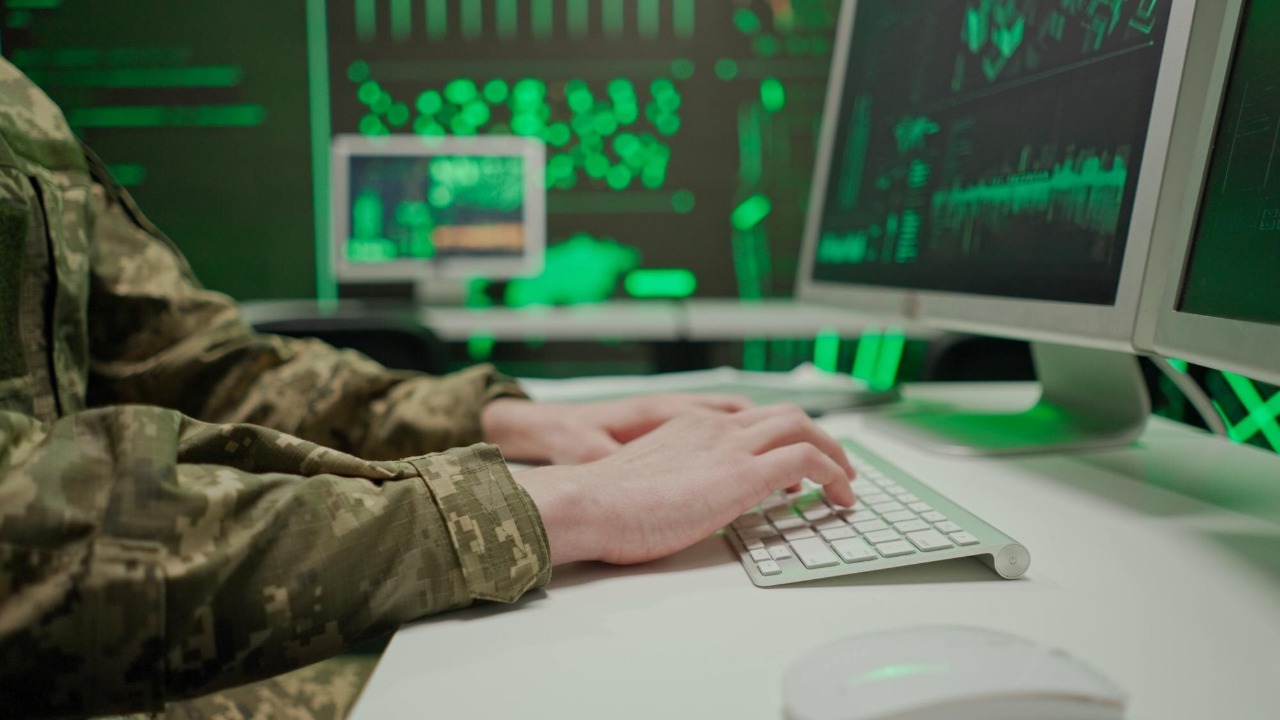
Many of the technologies we take for granted today have roots in military research and development. From the internet to wearable tech, here are nine gadgets originally designed for military purposes that have since become integral parts of our everyday lives.
1) The Internet: From DARPA to Global Connectivity
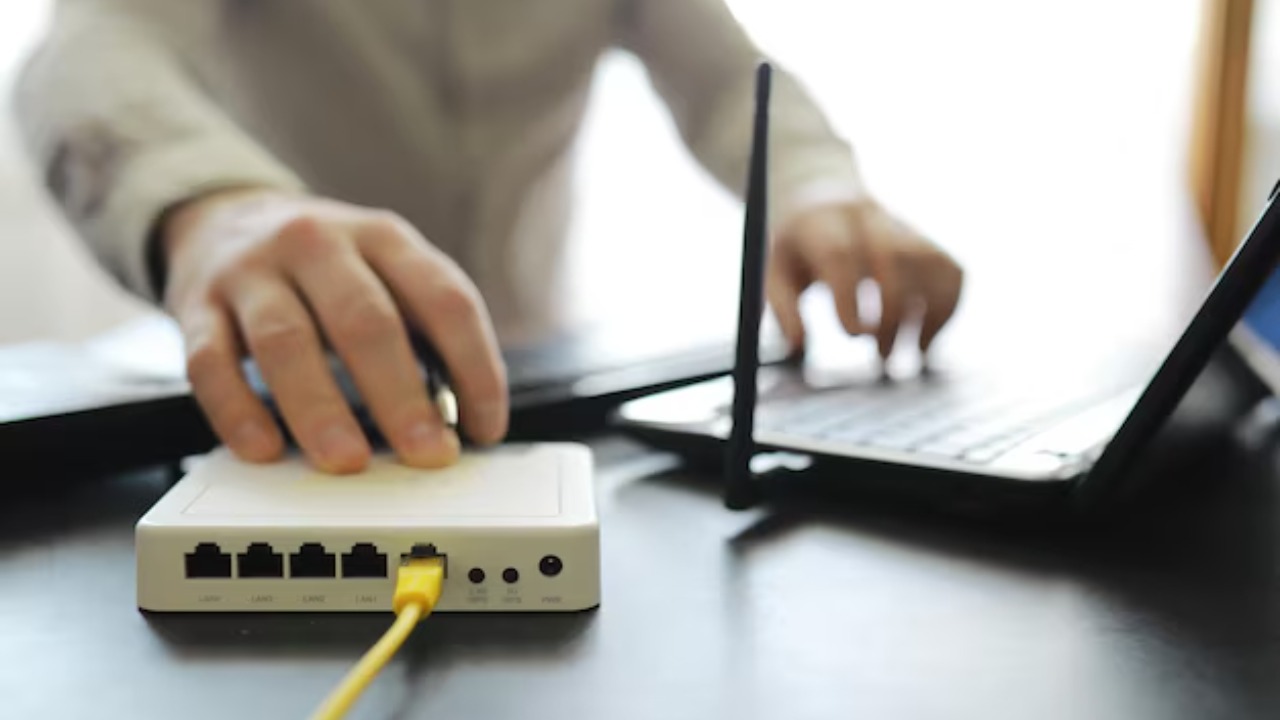
The Internet, the global network that connects billions of devices worldwide, has its origins in a US military project. The Defense Advanced Research Projects Agency (DARPA) kickstarted the development of ARPANET in the late 1960s as a resilient, decentralized network that could survive a nuclear attack. Over time, this military network evolved into the civilian Internet we know today, fundamentally transforming the way we work, learn, and communicate.
2) GPS: Navigational Tech Transformed into Everyday Tool
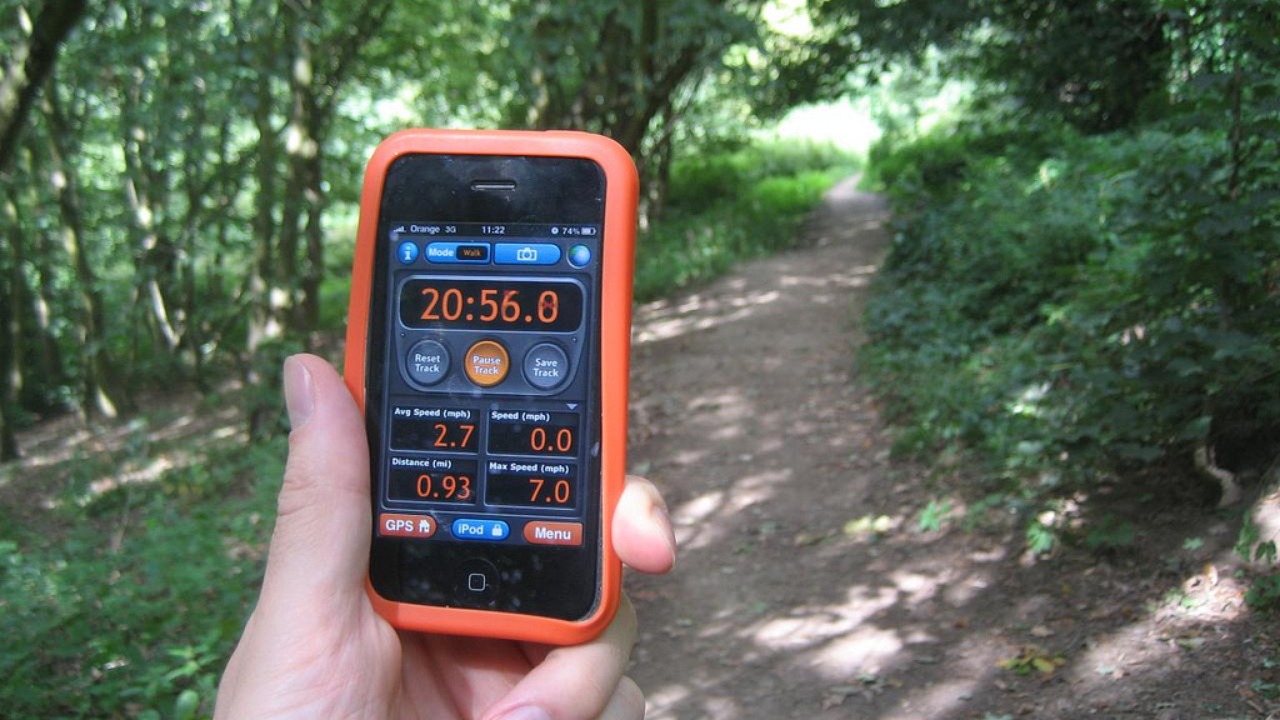
The Global Positioning System (GPS) was initially developed by the US Department of Defense for military navigation. But since the 1980s, this satellite-based system has been made available for civilian use. Today, GPS technology is embedded in a vast array of consumer devices, from smartphones to cars, enabling everything from navigation to location-based services like Uber and Pokemon Go.
3) Drones: From Military Surveillance to Recreational Use

Unmanned aerial vehicles, better known as drones, were originally developed for reconnaissance and surveillance missions. Today, drones have found recreational and commercial use, from drone racing and photography to delivery services. Some companies like Amazon are even experimenting with using drones for package delivery, while hobbyists use them for aerial photography or just for fun.
4) Night Vision: From Battlefield to Wildlife Observation
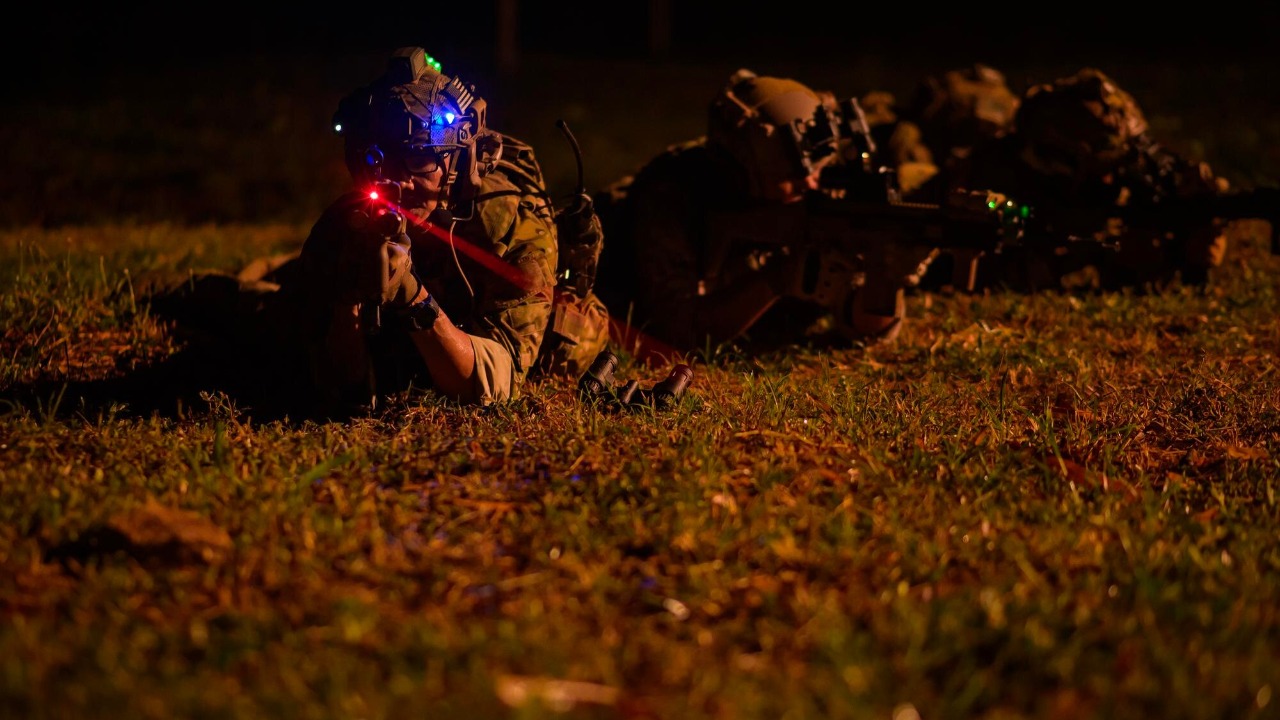
Night vision technology, which amplifies low-light environments to improve visibility, was first developed for military use. In the consumer market, night vision is now commonly used in wildlife observation, security systems, and even high-end cars for better night driving visibility.
5) Wearable Tech: From Battlefield Monitoring to Fitness Tracking

Wearable technology, which includes devices like smartwatches and fitness trackers, has roots in military research. The military first used wearable tech for health monitoring and communication on the battlefield. Today, consumer wearables help us track our fitness levels, receive notifications, and even make payments on the go. Some of the most popular consumer wearables include the Apple Watch and Fitbit trackers.
6) Microwave Oven: From Radar Technology to Kitchen Essential

The microwave oven, a staple in many kitchens, was an accidental discovery from radar technology developed during World War II. Today, microwaves are used not only for cooking and heating food but also for a variety of other applications, including sterilizing medical equipment and even drying wood.
7) Digital Photography: From Reconnaissance to Social Media
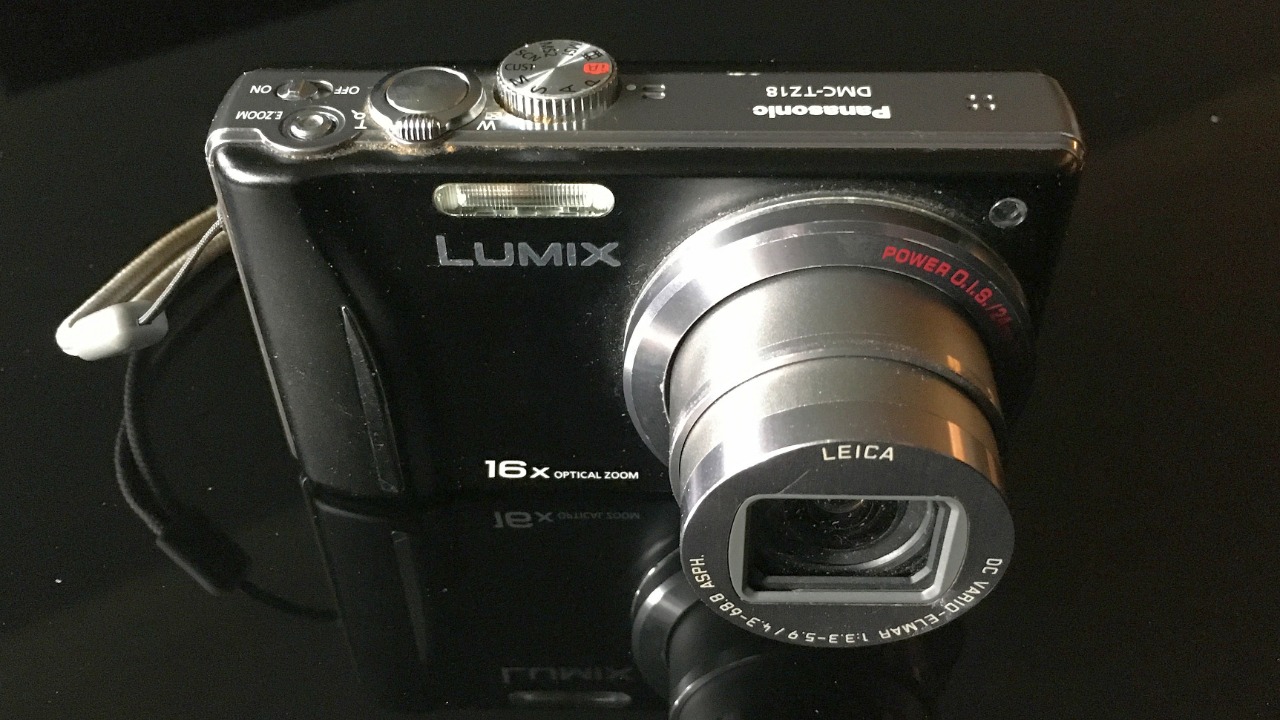
Digital photography, now ubiquitous in smartphones and social media, was initially developed for military reconnaissance. The first digital cameras were bulky and expensive, but over time they have become smaller, more affordable, and more capable. Today, digital photography is a major part of our everyday lives, from capturing memories to sharing experiences on social media platforms like Instagram and Snapchat.
8) Virtual Reality: From Flight Simulation to Gaming
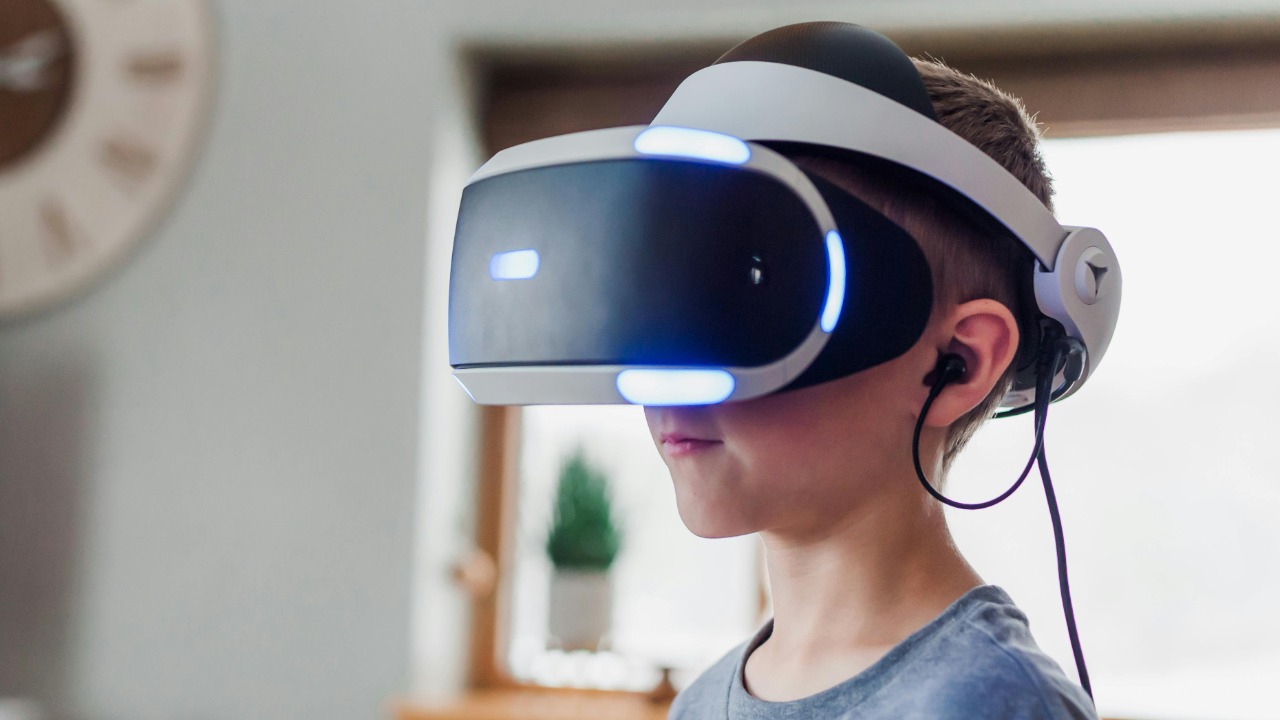
Virtual reality (VR), which creates immersive, computer-generated environments, was first used by the military for flight simulation and training. Today, VR has found widespread use in gaming, with devices like the Oculus Rift offering immersive gaming experiences. VR is also used in a variety of other fields, including education, healthcare, and real estate.
9) Voice Assistants: From Military Communications to Smart Homes
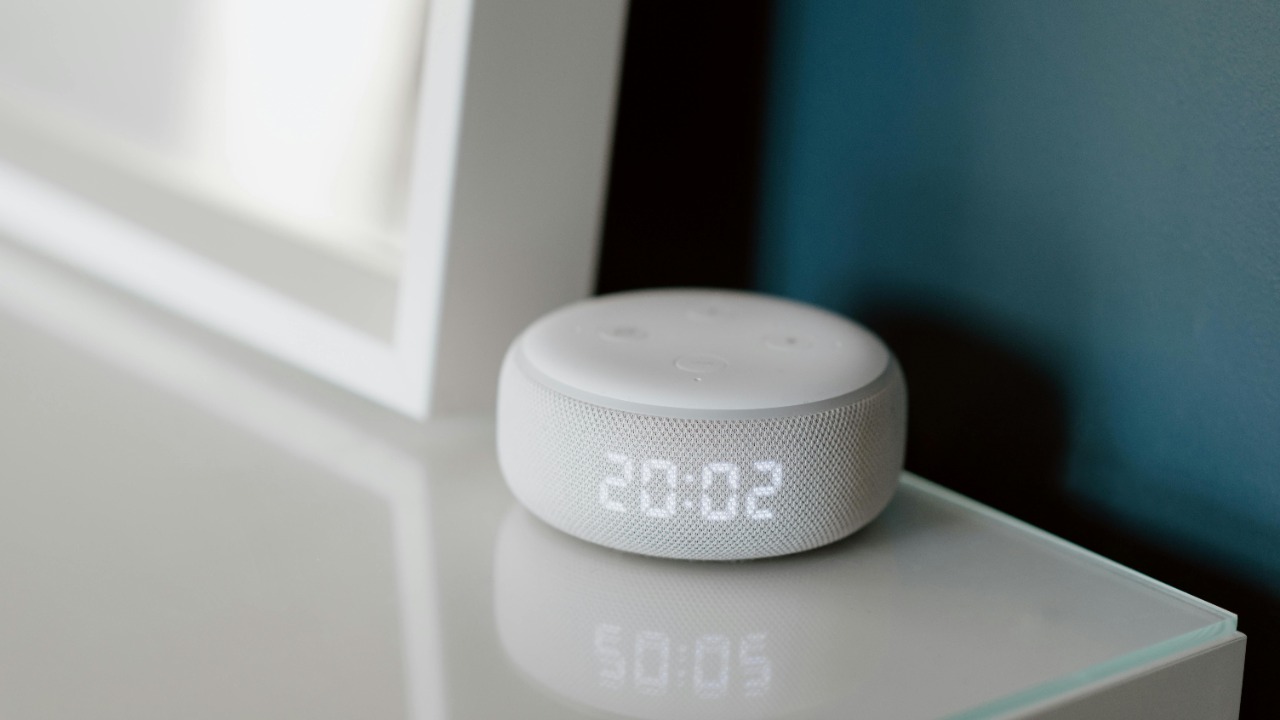
Voice recognition technology, which powers voice assistants like Amazon’s Alexa and Apple’s Siri, was first developed by the military to enable hands-free communication. Today, voice assistants are used in a wide range of consumer applications, from controlling smart home devices to providing information and playing music. The rise of voice assistants has also led to the development of other related technologies, such as natural language processing and artificial intelligence.
These are just a few examples of how military technology has made its way into the consumer market. As technology continues to advance, we can expect to see even more military technologies finding civilian applications.